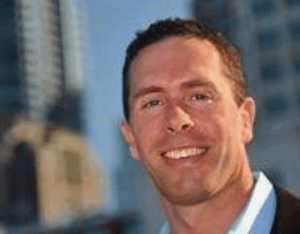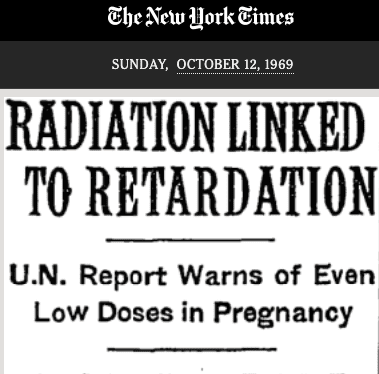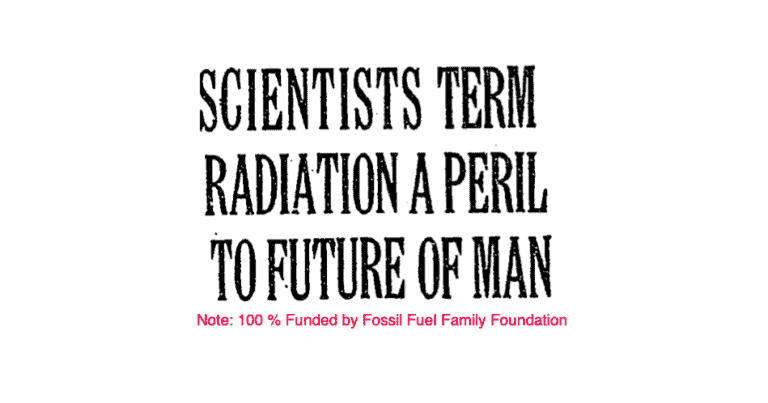Solar’s dirty secrets: How solar power hurts people and the planet
By Brian Gitt Brian’s an energy entrepreneur, investor, and writer. He’s been pursuing truth in energy for over two decades. First, as executive director of a green building trade association. Then as CEO of an energy consulting firm (acquired by Frontier Energy) specializing in the commercialization of technology in buildings, vehicles, and power plants. And…



